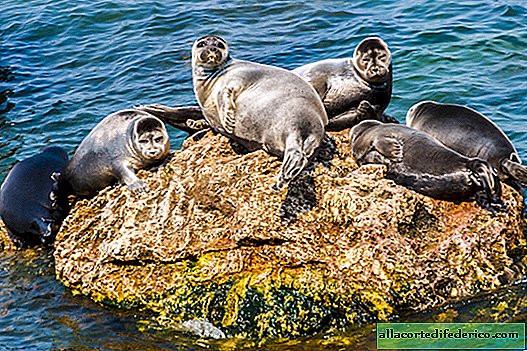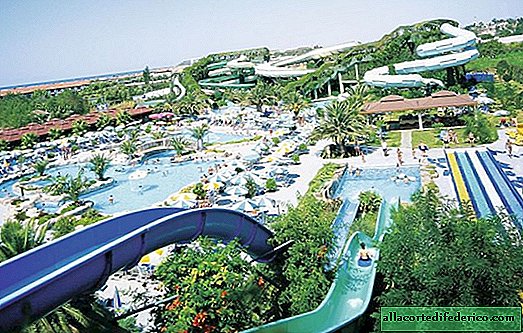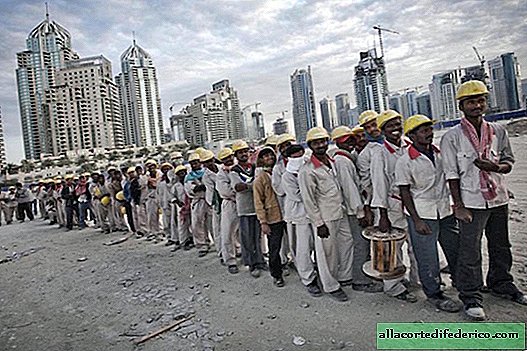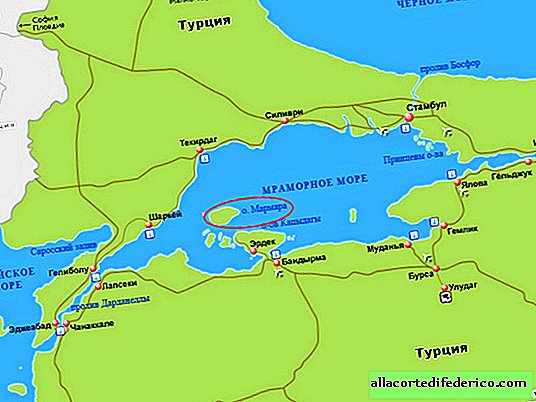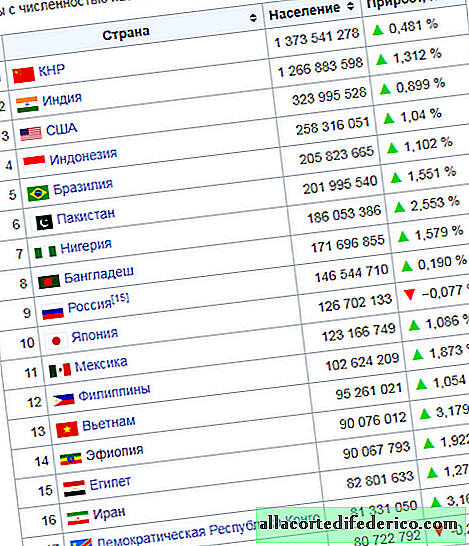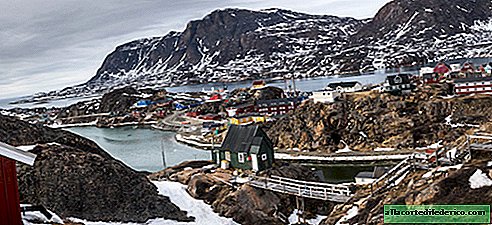And Russia, too: in addition to Norway, 38 more countries have official rights to Svalbard
On all political maps of the world you can see that under the name of the Svalbard archipelago it says "Norway". But in fact, these Arctic islands are not part of the territory of the Norwegian state, but have a special legal status, according to which another 38 states have the same rights to Spitsbergen.

Svalbard is a group of islands located in the Arctic Ocean, north of mainland Europe. The discovery of the archipelago, according to historians, occurred around the XII century: it was visited by Russian Pomors living on the White Sea, as well as Vikings. Several archaeological sites are known on the archipelago, indicating that Russian pomors lived there.

The document defining the international legal status of the archipelago is officially called the "Treaty of Svalbard" and was signed on February 9, 1920. According to article 1 of this treaty, which was initially signed by the leaders of the USA, Great Britain, Denmark, France, Italy, Japan, the Netherlands, Sweden and Norway, the Svalbard archipelago is recognized as the sovereign territory of Norway, but with special privileges for all countries that have ratified the treaty. States Parties are referred to in the treaty by the special term: High Contracting Powers.

An interesting fact is that, despite the absence of Russia, they were kindly taken care of when signing the agreement on our country. Since the Civil War was fought on the territory of the former Russian Empire in 1920, they specifically prescribed in the agreement regarding our country: "In anticipation that recognition by the High Contracting Powers of the Russian Government will allow Russia to accede to this Treaty, Russian citizens and societies will enjoy the same rights as citizens of the High Contracting Parties. " The USSR joined this treaty in 1935, and so far there are 39 parties to the Svalbard Treaty.

The signatory states are allowed to carry out almost any activity on Svalbard. Ships and vessels can stop at ports without hindrance, carry out unloading, loading and any other activity that is not contrary to international law. All citizens of the contracting countries have the right to hunt and fish on islands and in territorial waters. In addition, all countries of the contracting party "under the same conditions, they are allowed to engage in all kinds of shipping, industrial, mining and commercial affairs and to operate them both on land and in territorial waters."
 Norwegian village of Ny-Ålesund
Norwegian village of Ny-ÅlesundIn this regard, Norway is equalized in the rights to conduct business on Svalbard and does not have any privileges in comparison with other participating countries. But for the export of ore wealth mined on the archipelago, you still have to pay a fee to the Norwegian treasury, although its size does not exceed 1% of the maximum cost of exported raw materials - a quite preferential treatment by modern standards. It turns out that any country party to the treaty can extract coal or hydrocarbons on the shelf there on completely legal grounds. And citizens of all participating countries can visit the archipelago without additional permits and visas.
 Norwegian village of Longyearbyen
Norwegian village of LongyearbyenNorway undertakes to monitor the flora and fauna of the islands and take the necessary measures to protect it. However, she should not use the archipelago for the construction of military bases, as well as for other purposes related to the country's armed forces: Svalbard is a demilitarized territory.

But what on paper looks like equality and fraternity is actually not quite so. Since the signing of the contract, only Poland and the USSR, and then Russia, have exercised their legal rights to stay on the archipelago. Poland has a research station on Svalbard, but there is no permanent population there, and it does not conduct industrial activity there. Until the 90s of the last century, the number of Russian citizens on the territory of the archipelago even exceeded the number of Norwegians, and there were four permanent settlements there.
 Russian village of Barentsburg
Russian village of BarentsburgTo date, Russia has only the village of Barentsburg left on Svalbard, which nonetheless has about 430 inhabitants, and the rest have been mothballed. From some of Norway’s actions it follows that the leadership of this country is not very pleased with the Russian presence on the archipelago.
 Russian village of Barentsburg
Russian village of BarentsburgIn Barentsburg there is a coal mine of the same name, where the State Trust Arktikugol company produces fuel. Fuel is mainly used to heat the village itself.

Here, the infrastructure is quite developed by northern standards: a coal-fired power plant, apartment buildings, a school, a kindergarten, and cultural institutions. But in recent years, Russia has repeatedly stated its intention to expand its presence on the island. New projects are being developed in the research field, and they also plan to create the Grumant Arctic tourism center. Therefore, do not be surprised if one day in a travel agency you are offered an unforgettable tour to the Svalbard archipelago, for which you do not need a foreign passport and visa.


